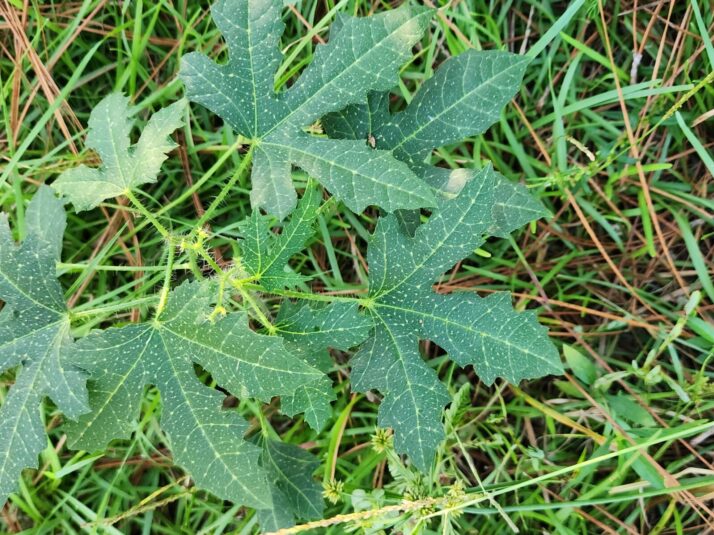Dangerous Plants Thrive in Florida
Hiking in Florida's diverse landscapes, from its wetlands to sandy beaches and dense forests, offers an unparalleled experience with nature. However, amidst the beauty, hikers must be cautious of certain dangerous plants that thrive in these environments. This article delves into some of the hazardous flora you might encounter on Florida's trails, providing essential information to ensure your outdoor adventures remain safe and enjoyable.
Poison Ivy (Toxicodendron radicans)
Poison ivy is notorious across much of North America, and Florida is no exception. This plant can cause an itchy, painful rash upon contact with its oil, urushiol. Poison ivy in Florida can grow as a vine or small shrub, and it famously has three shiny green leaves with the adage, "Leaves of three, let it be." It thrives in wooded areas, particularly along the edges where forests meet open spaces. The best prevention is to learn to identify and avoid it. If contact is made, washing the area with soap and water as soon as possible can reduce the severity of the reaction.
Poisonwood (Metopium toxiferum)
More specific to the subtropical climates of South Florida, including the Everglades and the Florida Keys, poisonwood is a significant hazard. Similar to poison ivy, it contains urushiol oil, which can cause dermatitis upon contact. This tree can be identified by its shiny green leaves with yellow veins and black spots or streaks on the bark, which are actually the sap and a clear indicator to keep away. Poisonwood can grow quite large, making it a more formidable obstacle to avoid on narrow trails. Hikers are advised to steer clear of this plant and certainly not to use it for campfires, as the smoke can carry the irritant.
Brazilian Pepper (Schinus terebinthifolia)
Introduced as an ornamental plant, Brazilian pepper has become an invasive species throughout Florida, often found along trails and waterways. While it may not be as immediately harmful as poison ivy or poisonwood, it can cause allergic reactions in sensitive individuals, especially when the plant is flowering or being removed. The plant resembles a large shrub or small tree with compound leaves and clusters of bright red berries. Hikers with respiratory sensitivities or known allergies should maintain a distance to avoid potential reactions.
Manchineel Tree (Hippomane mancinella)
Dubbed as "the most dangerous tree in the world," the manchineel tree is found in the coastal and swampy regions of South Florida. Every part of this tree is toxic, with its sap causing severe skin burns and blisters upon contact. Even rainwater dripping off its leaves can carry enough toxin to cause a reaction. The fruit, resembling a small apple, is dangerously poisonous if ingested. The manchineel tree has a reddish-gray bark, shiny green leaves, and is often marked with warning signs in public parks and trails where it is found. Hikers should avoid this tree at all costs, never seeking shelter under it during rain.
Stinging Nettle (Urtica dioica)
While stinging nettle is less common in Florida than in cooler climates, it can still be encountered, particularly in northern and central parts of the state. This plant causes a stinging sensation followed by itching and redness upon contact with its leaves, which are covered in tiny, hair-like structures that inject histamines and other chemicals into the skin. While the reaction is usually mild and temporary, it's best to avoid touching or brushing against stinging nettle when possible.
Camping and Hiking Safely with Your Dog in Florida
Know Before You Go
Exploring Florida's natural beauty comes with the responsibility of knowing and avoiding the dangers that lurk in its landscapes. Being aware of these potentially harmful plants and prepared to deal with any accidental encounters are key components of safe hiking practices. Equip yourself with knowledge, wear protective clothing, and carry a first-aid kit when hiking in Florida's wilderness. By respecting nature's boundaries and understanding the risks, hikers can enjoy the splendor of Florida's trails while keeping safe from its less welcoming inhabitants.


